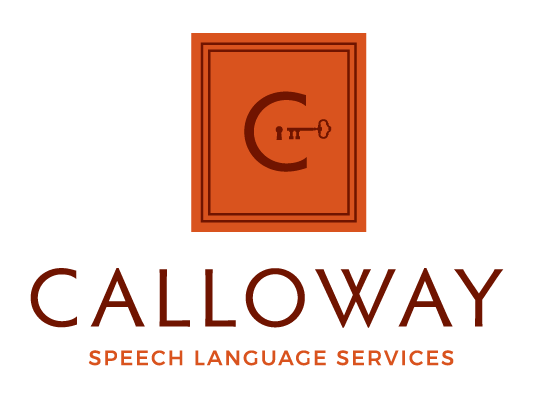Our APPROACH
Therapy strategies and techniques follow evidence-based treatment guidelines outlined by the American Speech Hearing Association. Visit www.ASHA.org for more information on evidenced-based practices and research. Here are some strategies employed:
- Outpatient feeding therapy is recommended for children whose nutritional status is not severely impaired, but family is experiencing problematic mealtime behaviors. With feeding therapy, parent education and implementation of home program is paramount to the success of therapy. Therapy may implement a combination of oral motor, oral sensory, and behavioral strategies. Parent/caregiver commitment and carryover is important in terms of progress in therapy. Referrals to other professionals made as needed.
- Childhood Apraxia of Speech is a motor planning speech disorder. Recent studies support using a multifaceted approach to treatment of Childhood Apraxia of Speech including motor planning interventions, sensory cueing, and linguistic and rhythmic cueing like Prompts for Restructuring Oral Muscular Phonetic Targets (PROMPT) or Kaufman Speech to Language Protocol.
- Picture Exchange Communication System (PECS) promotes communication within a social context. Training in PECS begins by teaching a spontaneous request and goes on to teach additional communicative functions such as responding to questions and commenting.
- Pivotal Response Treatment (PRT): PRT targets pivotal areas of a child's development, such as motivation, response to multiple cues, self-management, and social initiations. This treatment approach targets each core area of development, and focuses on increasing motivation to engage and learn for children with ASD.
- Oral Placement Therapy (OPT): OPT is a speech therapy approach which utilizes a combination of: (1) auditory stimulation, (2) visual stimulation and (3) tactile stimulation to the mouth to improve speech clarity.

